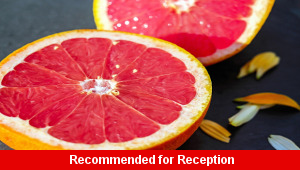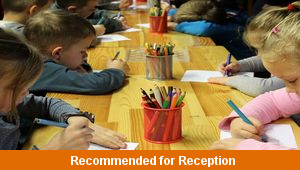Christmas Vegetables

This literacy topic teaching pack for the Foundation Stage gets the children to describe and compare some of the different vegetables that can be eaten as part of a family dinner to celebrate Christmas.
The class can identify and use vocabulary to describe the shape, texture and taste of some of the different vegetables that can be enjoyed and eaten at Christmas dinner.
Download this teaching pack including a lesson plan, classroom activities and an interactive presentation to describe and compare some of the different vegetables that can be eaten as part of a family dinner to celebrate Christmas
Activities in this teaching pack include display posters to identify and describe the shape, colour, size and taste of different foods, a template to record some of the special vegetables that can be eaten for a Christmas dinner and a set of cards to label models of different vegetables that can be eaten at Christmas.
The interactive presentation gets the children to explore how to describe and compare some of the vegetables that can be eaten as part of a Christmas dinner.
This lesson is part of a literacy scheme of work to get the children to identify, describe and compare some of the special food and drink that can be enjoyed by families at Christmas. There are teaching activities for shared learning, differentiated worksheets to support independent learning and interactive presentations to introduce concepts and key skills.
-

Halving Things
Explain and model how to find and record the halves of some of the different objects that can be used at home and in school
-

School Friends
Identify and learn classroom routines and organisation by exploring and describing information and likes and dislikes for each of their classmates
-

Classroom
Identify the location and function of different objects used in the classroom and explore how to formulate rules to manage the classroom safely
-

Shape Patterns
Identify, describe and compare the sequences of geometric shapes that have been used to create a range of different patterns
